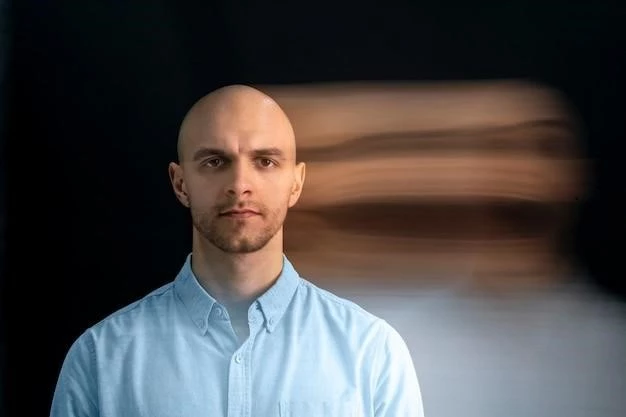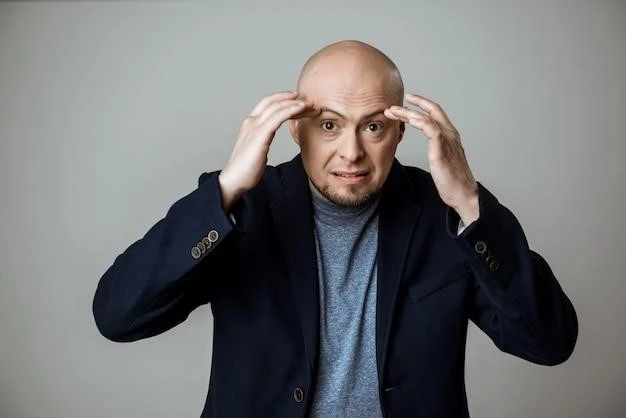Introduction to Phalacrophobia
Phalacrophobia, the intense fear of becoming bald, can significantly impact a person’s life. Understanding this phobia is crucial for seeking appropriate treatment.
Definition and Overview
Phalacrophobia, also known as peladophobia, is the intense fear of going bald. This specific phobia can lead to extreme anxiety and distress, affecting individuals’ self-image and confidence. It is essential to understand the underlying causes and impacts of this fear to effectively address and overcome it.
Causes and Symptoms of Phalacrophobia
Phalacrophobia can be triggered by genetic predisposition to hair loss and psychological factors. Symptoms include anxiety attacks and extreme fear of baldness.
Genetic Predisposition to Hair Loss
Phalacrophobia can be triggered by a genetic predisposition to hair loss, especially in men who are more prone to baldness. Understanding the genetic factors contributing to this fear is crucial in addressing the root cause of phalacrophobia.
Psychological Symptoms and Triggers
Phalacrophobia manifests through psychological symptoms like extreme fear of baldness, anxiety attacks, and distress triggered by the thought of hair loss. This phobia can lead to significant distress and avoidance behaviors in affected individuals.
Impact of Phalacrophobia on Mental Health
The fear of becoming bald can profoundly affect self-esteem, confidence, and overall mental well-being, leading to significant distress and anxiety.
Effects on Self-Esteem and Confidence
Phalacrophobia can have a profound impact on self-esteem and confidence, leading to negative self-image and reduced self-assurance. Addressing these psychological effects is essential in overcoming the fear of going bald.
Potential Physical Symptoms and Anxiety Attacks
Phalacrophobia can trigger physical symptoms like anxiety attacks when individuals face triggers related to hair loss. These attacks can lead to heightened distress and further exacerbate the fear of going bald.

Treatment Options for Phalacrophobia
Consider cognitive-behavioral therapy (CBT) or psychotherapy for addressing the fear of baldness effectively.
Cognitive-Behavioral Therapy (CBT)
Cognitive-behavioral therapy (CBT) is a recommended treatment for phalacrophobia, helping individuals alter negative thoughts and behaviors associated with the fear of hair loss. This therapy can aid in addressing and managing phobic symptoms effectively.
Psychotherapy and Self-Help Strategies
Phalacrophobia can benefit from psychotherapy and self-help strategies to manage the fear of baldness effectively. Techniques such as cognitive-behavioral therapy (CBT) and personalized coping mechanisms can empower individuals to overcome this phobia and regain control over their mental well-being.

Overcoming Phalacrophobia
Coping strategies and professional help can assist individuals in managing and overcoming the fear of baldness effectively.
Coping Strategies and Professional Help
For individuals dealing with phalacrophobia, coping strategies and seeking professional help, such as cognitive-behavioral therapy (CBT) and psychotherapy, play a crucial role in managing and overcoming the fear of hair loss. These tailored strategies empower individuals to address their phobia effectively and enhance their mental well-being.
Personal Development and Acceptance
Embracing personal development and acceptance can aid in overcoming phalacrophobia. By acknowledging and accepting oneself, individuals can work towards building self-confidence and embracing their unique qualities, fostering a positive self-image despite fears of baldness.
Conclusion
In conclusion, Phalacrophobia poses significant challenges to individuals, impacting their self-esteem and mental well-being. Through a combination of professional therapies and self-acceptance strategies, individuals can work towards overcoming their fear of baldness and reclaiming their confidence and happiness.
